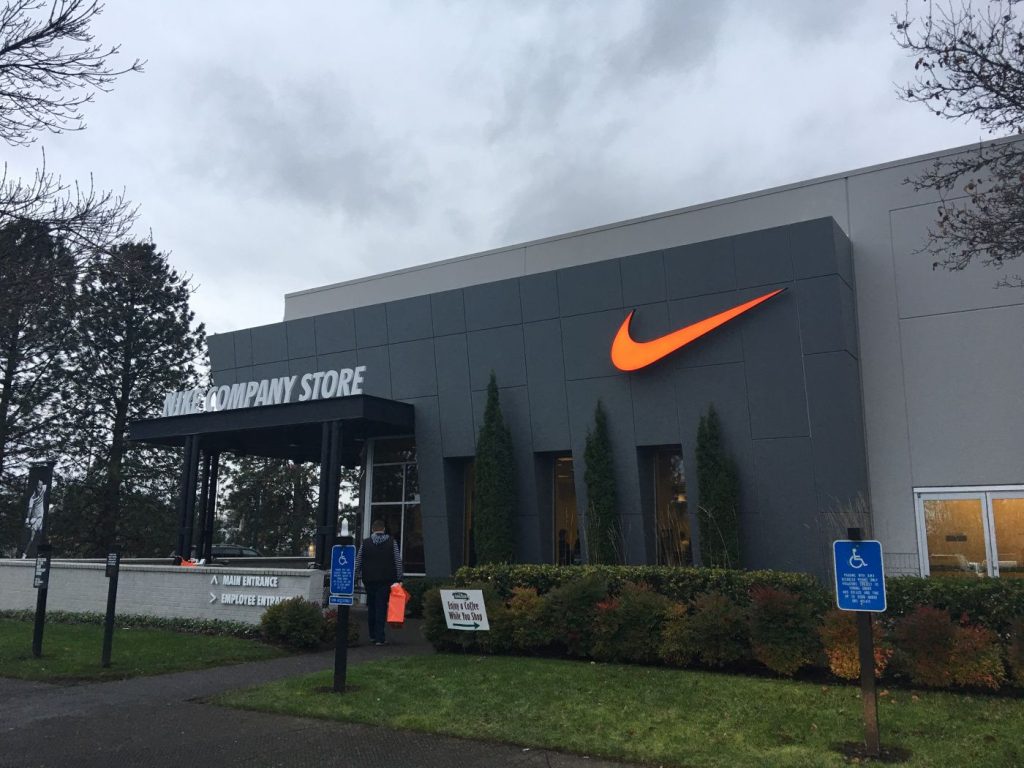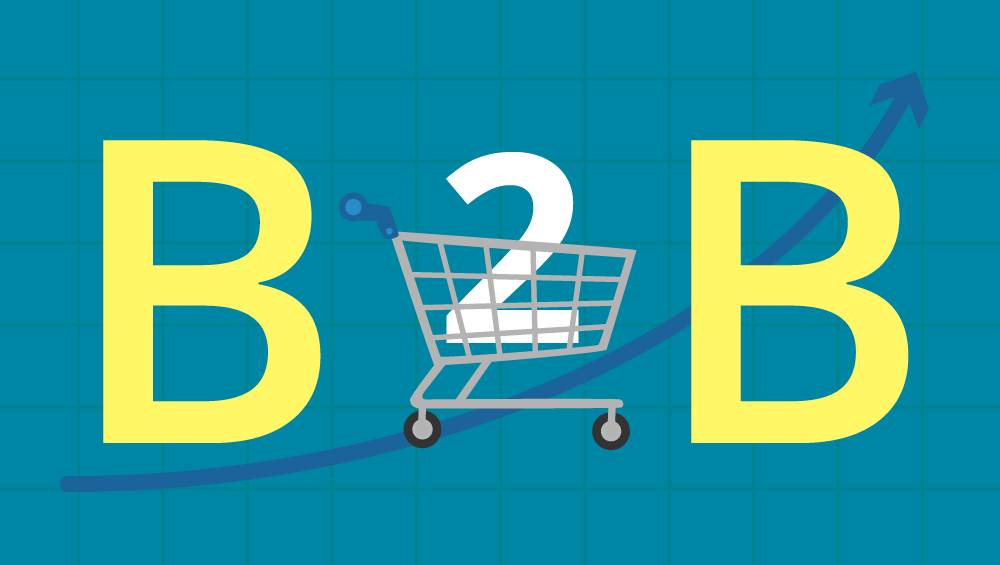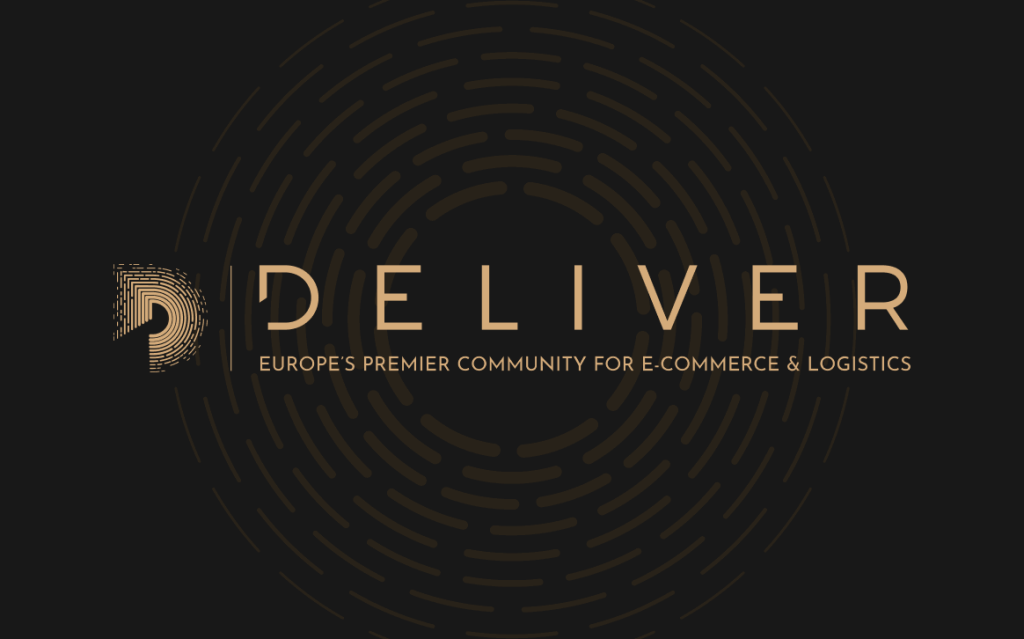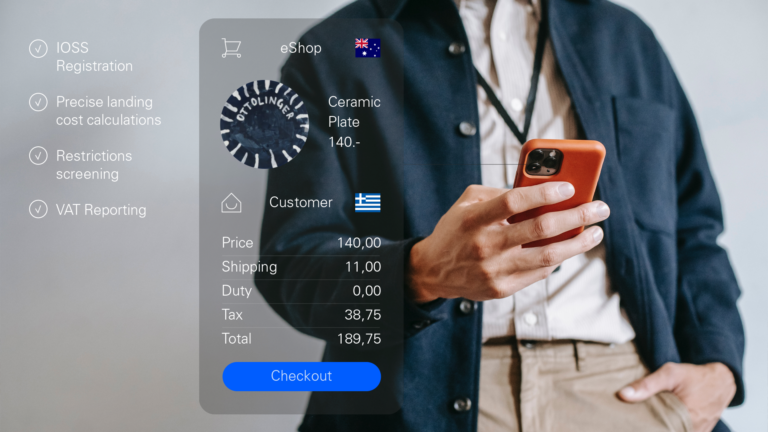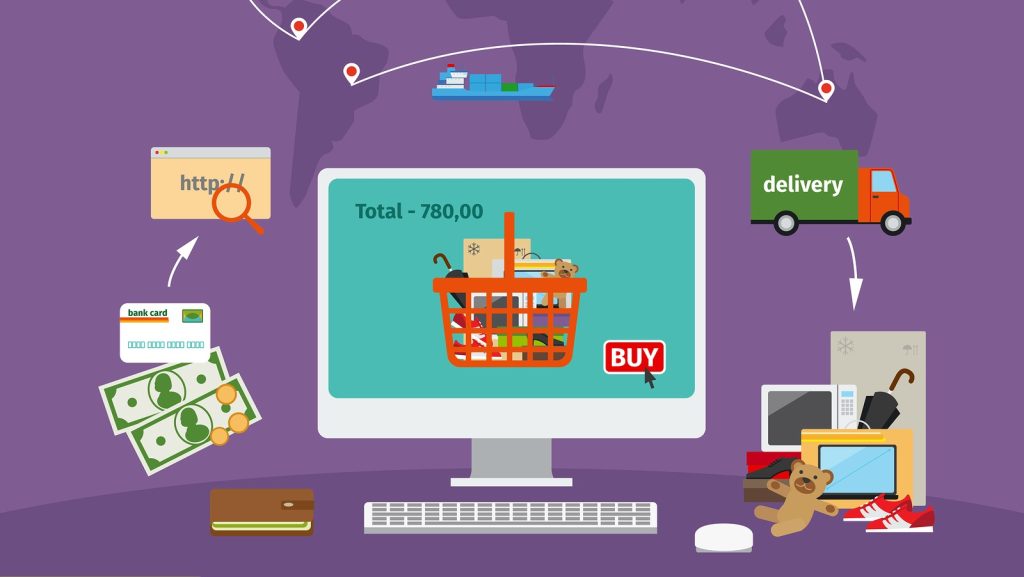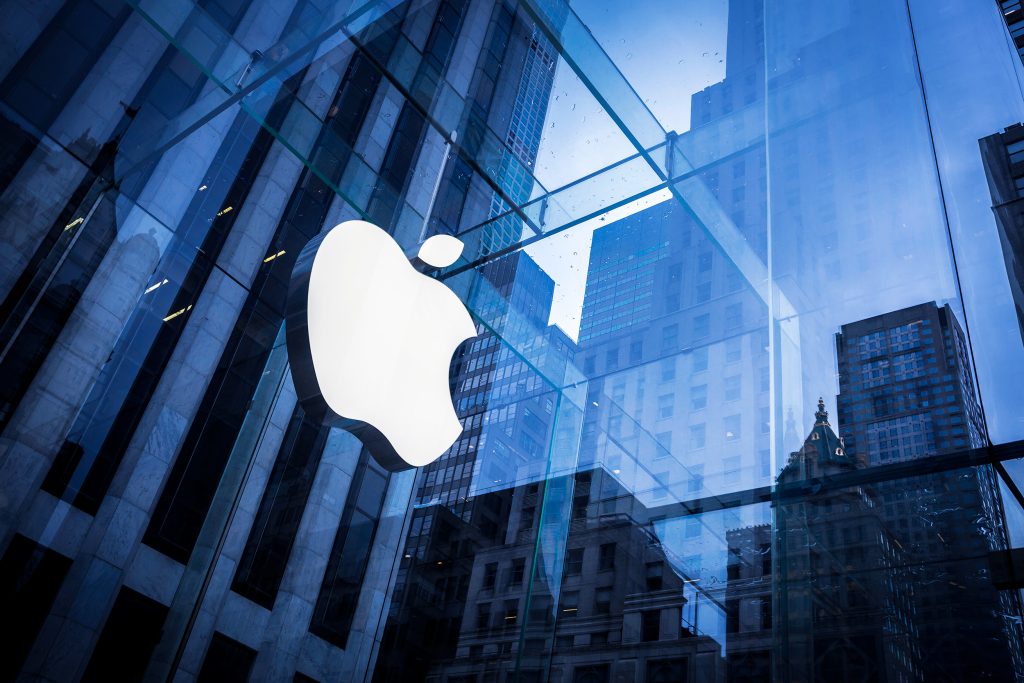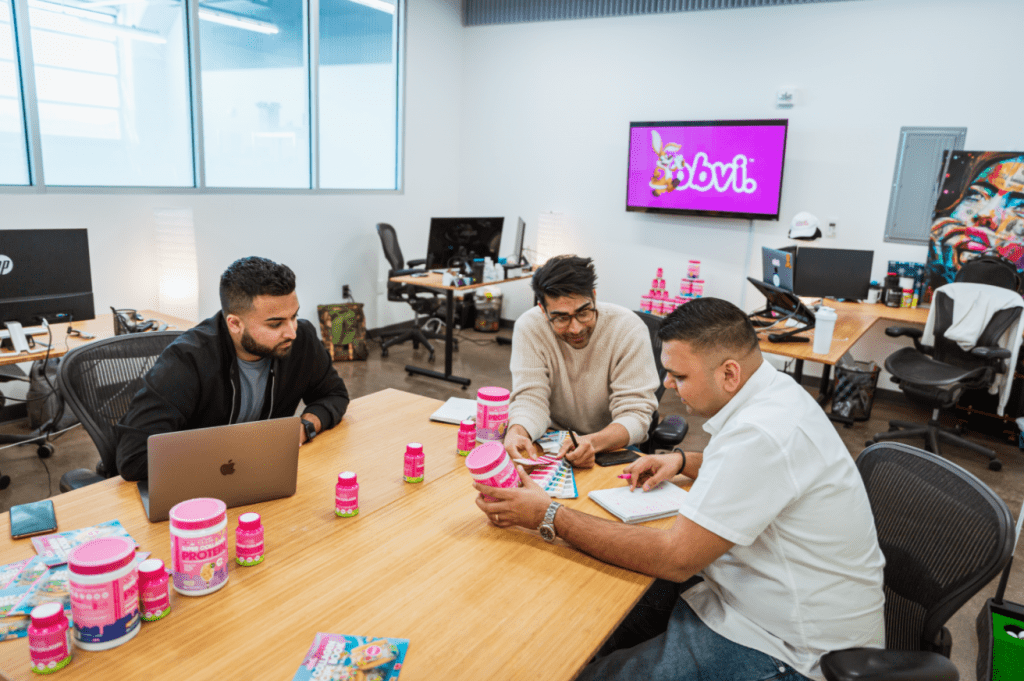
Ashvin Melwani, chief marketing officer at My Obvi, a US-based supplements DTC brand, has shared some details as to the measures the company has taken and is going to take to maintain competitiveness and raise profits in the light of the recent global events. He has to admit that the lead times have tripled this year, from four weeks to 12 weeks.
According to research firm Kearney, over the next five years, inefficient supply chains will cause more than half (52%) of all consumer packaged goods (CPG) companies to either shrink in size or grow below the market.
Switching manufactures is not easy. The company produces supplements, including protein powders, and just a slight change in flavor can lead to the loss of customers.
The company is looking for and testing ways to double overall revenue from their in-store retail efforts alongside with their DTC website sales with what is at hand and trending.
My Obvi sells its products in the Vitamin Shoppe, GNC as well as smaller “mom and pop” brick-and-mortar shops. The average order value (AOV) on My Obvi’s website is much higher than in store at about $75. GNC and Vitamin Shoppe sell My Obvi’s best-selling items in-store and online.
The brand wants customers to be able to add beyond its bestsellers to their carts, so the goal is always to drive customers to the DTC website, through frequent promotions and a rewards-points loyalty program. Melwani says conversion is higher, compared with third-party sellers or a marketplace like Amazon.
Apple’s iOS changes allowed people to opt out of tracking when browsing online. The company was doing pretty well before the iOS changes with the average cost for acquisition (CPAs) was around $30. After the iOS update, they hit a peak of $93 to acquire a customer, which wasn’t sustainable.
The team are testing more creative content than they’ve ever tested before, 30 to 40 pieces a week, with multiple offers and ads on landing pages to find that winning combination. Creative content includes everything from landing-page designs, offer pop-ups and other advertising content. To see what works and what doesn’t, My Obvi invested in Triple Whale ecommerce software that allows Shopify retailers to track ads and how they perform on different platforms. The cost varies depending on factors like traffic and revenue volume. My Obvi spends anywhere from $500,000 to $1 million per month on its overall advertising. Triple Whale costs the retailer just about $2,000 per month.
According to the CEO, you can’t trust what these social platforms like Facebook are telling you. It’s good to separately reassess. In practice, Melwani says My Obvi learned that while Facebook was telling him ads were giving a 5x return, Triple Whale refuted that data. Triple Whale also allows Melwani to see how it’s faring on different social platforms like TikTok.
As for TikTok, it has proven to be a worthwhile venture for My Obvi, there are good initiatives how to sell there unostentatiously integrating their products in entertainig videos, for example, and making people want to check their website for more information.
My Obvi also reaches out to content creators or micro-influencers and wants them to assess the products impartially to sound honest if they agree to promote them on their platforms for their audiences.
Amazon helps My Obvi get in front of customers as well. This year, My Obvi offered a Prime Day deal (another version of Black Friday) on its Super Collagen Protein Powder. Amazon Prime Days give a boost in rankings and reviews. The company’s people send out a promotion to the customers and let them know there is Prime Day two-day shipping and a certain percentage off. More orders translate into more reviews, which, if positive, help give the brand a boost on Amazon. Meanwhile, on its DTC website My Obvi offers customers rewards points. This year, customers are able to show My Obvi their Amazon receipt and earn two- to three-times more rewards points on MyObvi.com.
The brand did not pay for much advertising outside of Prime Day other than email and SMS. My Obvi might capitalize on organic content on TikTok by posting after Amazon Prime days. This year, My Obvi supported its Amazon Prime Day Deals with marketing solely from TikTok. Last year, without any marketing toward Amazon, My Obvi nearly doubled its daily sales average during that period. On the first day the sales quadripled. Besides, My Obvi launched a surprise product exclusively on Amazon and shared it with the brand’s Facebook community. Emailing and texting My Obvi’s customer base and alerting its Facebook community resulted in six times the daily average sales on Amazon.
My Obvi plans to use social media to help it bolster holiday sales this year as customers may be a bit more careful with their spending this year.
What is more, My Obvi plans to “hype up” its Black Friday deal as well as offer giftable bundles and accompanying free gifts with purchase. It also plans to “hype up” its loyal customers already interested in My Obvi by reaching out to groups like its Facebook community, which has more than 50,000 members. The retailer wants to hype up new product lines or flavor expansions and to offer free samples to that community so they can post online and share the new products.

